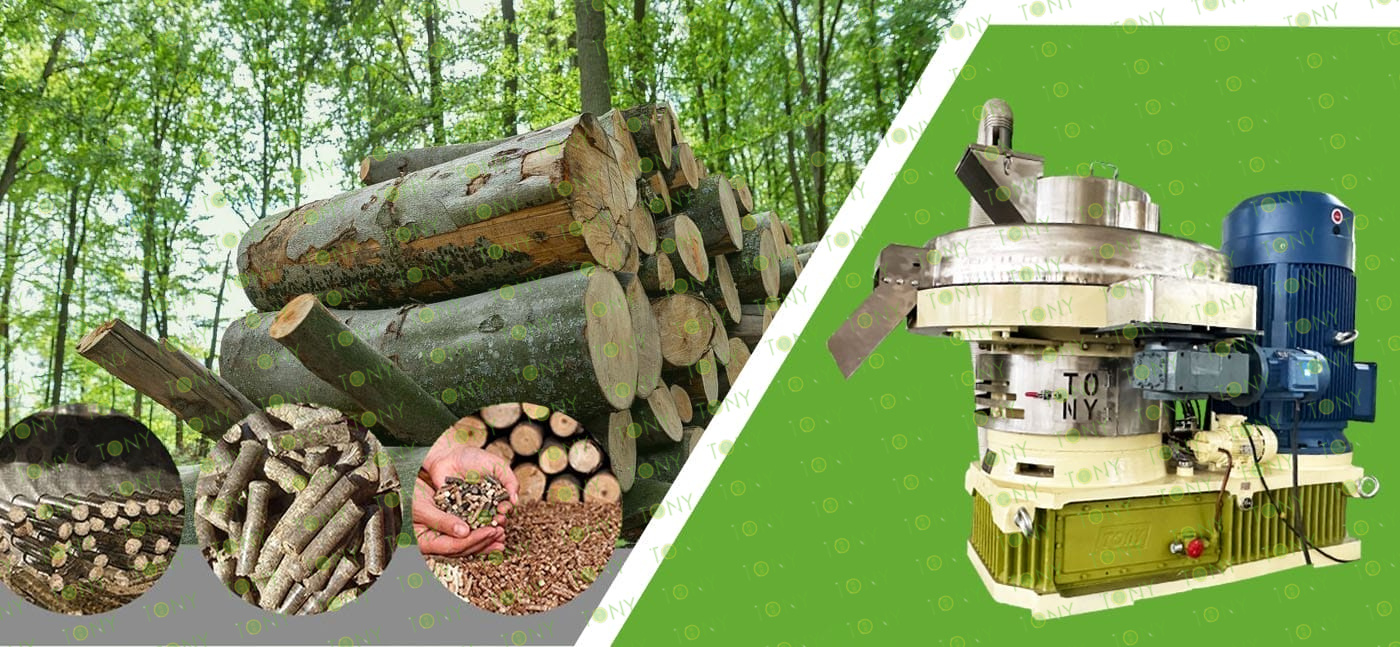The core value of the biomass pellet machine lies in converting agricultural and forestry resources that were previously regarded as "waste" into high-value biomass pellets, achieving a "waste-to-resource" circular economy model. It starts with discarded resources and, through technological transformation, gives them energy attributes and economic value, solving the problem of waste pollution and creating a sustainable revenue chain.
"Disposal Capacity": Covers various types of waste resources, activating idle value
The "raw material pool" of the biomass pellet machine almost encompasses all types of agricultural and forestry waste in rural and urban areas. If these resources are not processed, they often face problems such as "incineration pollution", "land occupation due to stacking", and "rotten and smelly". However, the pellet machine rejuvenates them through physical compression technology:

Agricultural waste: corn stalks, wheat stalks, rice husks, peanut shells, cotton stalks, etc., which are the remaining materials after crop harvesting, were often burned by farmers (causing smog) or discarded (the cost of handling each mu of straw is approximately 50 yuan). After processing by the pellet machine, they become fuel with a calorific value of about 3500-4000 kcal, priced at 600-800 yuan per ton, and each mu of straw can generate a profit of 200-300 yuan.
Forestry waste: branches, tree trunks, wood chips, wood processing leftovers, bamboo shavings, tree bark, etc., which were often buried (occupying forest land) or burned inefficiently as fuel. The pellet machine compresses them into particles with a density of 1.1-1.3g/cm³, with a calorific value increased to 4200-4800 kcal (close to medium-quality coal), becoming high-quality fuel for industrial boilers and home heating, with a profit of up to 300-500 yuan per ton.
Other organic waste: sugarcane residue, alcohol byproduct, medicinal waste, edible fungus cultivation waste, etc., after drying, can be used as pellet raw materials. This solves the waste disposal problem for processing plants (such as sugar factories that produce tens of millions of tons of sugarcane residue each year, which used to have high processing costs), and provides low-cost raw materials for pellet production, forming a "industrial waste - energy" circular chain.
The common feature of these discarded resources is "wide distribution, large output, and low cost" (even free), and the pellet machine transforms them from "environmental burdens" into "tradeable energy commodities" through standardized processing.





















